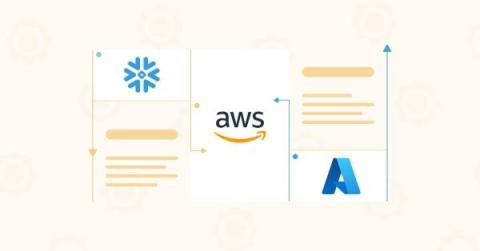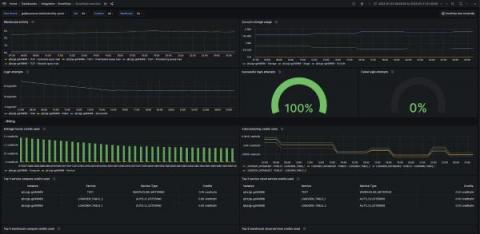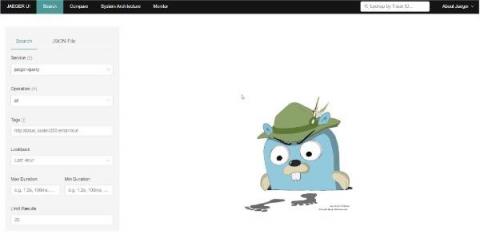Operations | Monitoring | ITSM | DevOps | Cloud
Analytics
Maximize cloud efficiency: how to cut costs and keep uptime strong
How to monitor Snowflake with Grafana Cloud
Snowflake is a cloud-based data warehousing platform that allows organizations to store, manage, and analyze large amounts of data. It offers a scalable, secure, and highly available solution that separates storage and computing resources. We already offer the Snowflake datasource plugin, which allows you to query and visualize data from your Snowflake Data Cloud on your Grafana dashboards.
Exponential Smoothing: A Beginner's Guide to Getting Started
Exponential smoothing is a time series forecasting method that uses an exponentially weighted average of past observations to predict future values. This method assigns more weight to recent observations and less to older observations, allowing the forecast to adapt to changing trends in the data. The resulting forecast is a smoothed version of the original time series less affected by random fluctuations or noise in the data.
Elastic Unveils the Elasticsearch Relevance Engine for Artificial Intelligence
Data Aggregation 101: Definition, Uses & Benefits
An Introduction to Using OpenTelemetry & Python Together
This post was written by Mercy Kibet, a full-stack developer with a knack for learning and writing about new and intriguing tech stacks. In today’s digital world, software applications are becoming increasingly complex and distributed, making it more challenging than ever to diagnose and troubleshoot issues when they arise.
Left, Right, Center: A 3 Step Dance to Success with Building Data Pipelines
Remember the first time you were at a wedding, or a party and you learned about dances like The Electric Slide? You know, those dances with a clear structure and steps to follow, which were a huge help to someone who was slightly challenged on the dance floor, like me? All you had to do was learn a few simple steps, and you could hang with even the best dancers.











